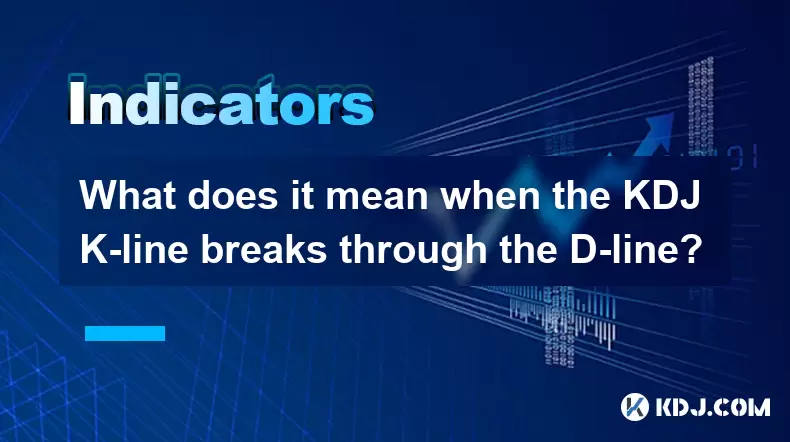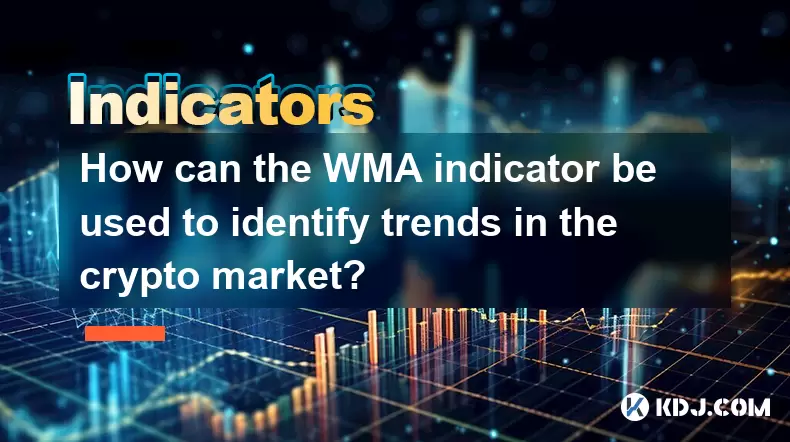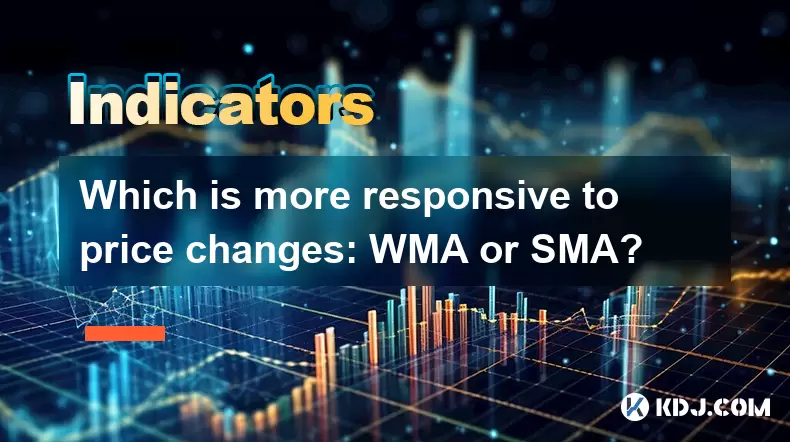-
 Bitcoin
Bitcoin $118300
-0.58% -
 Ethereum
Ethereum $3825
0.11% -
 XRP
XRP $3.137
-0.71% -
 Tether USDt
Tether USDt $0.9999
-0.01% -
 BNB
BNB $803.9
-3.37% -
 Solana
Solana $181.5
-1.94% -
 USDC
USDC $0.9999
0.01% -
 Dogecoin
Dogecoin $0.2238
-2.51% -
 TRON
TRON $0.3358
2.12% -
 Cardano
Cardano $0.7844
-2.16% -
 Hyperliquid
Hyperliquid $43.31
-1.48% -
 Sui
Sui $3.807
-4.04% -
 Stellar
Stellar $0.4203
-1.96% -
 Chainlink
Chainlink $17.79
-3.00% -
 Bitcoin Cash
Bitcoin Cash $567.8
-1.34% -
 Hedera
Hedera $0.2614
-4.30% -
 Avalanche
Avalanche $24.19
-4.46% -
 Litecoin
Litecoin $109.2
-0.74% -
 UNUS SED LEO
UNUS SED LEO $8.969
-0.01% -
 Toncoin
Toncoin $3.404
3.97% -
 Ethena USDe
Ethena USDe $1.001
-0.01% -
 Shiba Inu
Shiba Inu $0.00001307
-3.19% -
 Uniswap
Uniswap $10.33
-1.23% -
 Polkadot
Polkadot $3.884
-4.06% -
 Monero
Monero $312.9
-1.87% -
 Dai
Dai $1.000
0.01% -
 Bitget Token
Bitget Token $4.537
-2.24% -
 Pepe
Pepe $0.00001156
-3.40% -
 Cronos
Cronos $0.1437
-0.89% -
 Aave
Aave $282.8
-2.77%
What does it mean when the KDJ K-line breaks through the D-line?
A K-line crossing above the D-line in oversold conditions signals bullish momentum, often prompting traders to consider long entries in crypto markets.
Jul 29, 2025 at 05:07 pm

Understanding the KDJ Indicator in Cryptocurrency Trading
The KDJ indicator is a momentum oscillator widely used in technical analysis within the cryptocurrency market. It is derived from the Stochastic Oscillator and consists of three lines: the K-line, the D-line, and the J-line. These lines help traders assess the momentum and potential reversal points in price movements. The K-line represents the current momentum, the D-line acts as a moving average of the K-line, and the J-line reflects the divergence between the K and D lines. When analyzing charts, traders pay close attention to the interaction between the K-line and D-line, especially when a breakthrough occurs.
What Happens When the K-Line Crosses Above the D-Line?
A K-line breaking through the D-line from below is generally interpreted as a bullish signal in technical analysis. This crossover suggests that short-term momentum is increasing and may indicate the beginning of an upward price trend. In the volatile environment of cryptocurrency trading, such a signal can be particularly significant when it occurs in oversold conditions—typically when the K-line and D-line are below the 20 level. Traders often use this as a cue to consider entering long positions or closing short positions.
- Check that the K-line value is below the D-line just before the crossover
- Confirm that the crossover happens in the oversold region (below 20)
- Observe volume patterns to validate increased buying pressure
- Wait for the candlestick to close after the crossover to avoid false signals
This type of signal is especially relevant in range-bound or consolidating markets where clear trends are absent, and momentum shifts can precede significant price moves.
Interpreting a K-Line Breakthrough Below the D-Line
Conversely, when the K-line crosses below the D-line, it is typically seen as a bearish signal. This indicates weakening momentum and a potential shift from bullish to bearish sentiment. In cryptocurrency markets, where prices can reverse rapidly, this crossover may serve as an early warning sign for traders to exit long positions or initiate short trades. The reliability of this signal increases when it occurs in overbought conditions—usually when both K and D values are above 80.
- Ensure the K-line was previously above the D-line
- Confirm the crossover occurs in the overbought zone (above 80)
- Analyze recent price action for signs of rejection at resistance
- Cross-verify with other indicators such as RSI or MACD for confirmation
It is crucial to avoid acting on the crossover alone. False signals are common in highly volatile crypto assets, so combining this with volume analysis and support/resistance levels enhances accuracy.
Setting Up the KDJ Indicator on a Crypto Trading Platform
To effectively monitor K-line and D-line interactions, traders must correctly configure the KDJ indicator on their charting tools. Most platforms like TradingView, Binance, or MetaTrader support KDJ, though it may be labeled under "Stochastic" with customizable parameters.
- Open your preferred trading platform and load a cryptocurrency pair (e.g., BTC/USDT)
- Click on the "Indicators" button and search for "Stochastic"
- Select the Stochastic indicator and modify its settings:
- Set %K Period to 9
- Set %D Period to 3
- Set Slowing to 3
- Rename the indicator to "KDJ" for clarity if possible
- Enable the J-line display if available, calculated as 3×%K – 2×%D
Once applied, the K and D lines will appear on the chart. Customize their colors—commonly K-line in blue, D-line in red—to make crossovers visually distinct. Adjust the overbought (80) and oversold (20) reference lines for quicker visual assessment.
Common Misinterpretations and Risk Management
While K-line and D-line crossovers provide actionable signals, they are not infallible. In trending markets, repeated false crossovers—known as whipsaws—can lead to losses. For example, during a strong bull run in Ethereum, the KDJ may remain overbought for extended periods, generating misleading sell signals. Similarly, in a downtrend, bullish crossovers may fail due to sustained selling pressure.
To mitigate risks:
- Use moving averages (e.g., 50-day or 200-day) to determine the primary trend
- Apply support and resistance levels to assess the context of the crossover
- Incorporate volume indicators like OBV or VWAP to confirm momentum
- Avoid trading crossovers during low-volume periods or major news events
Position sizing and stop-loss orders should align with the volatility of the specific cryptocurrency. For instance, altcoins with high beta may require tighter stops compared to Bitcoin.
Practical Example: KDJ Crossover in Binance Coin (BNB) Chart
Consider a 4-hour chart of BNB/USDT on Binance. Suppose the K and D lines have been below 20 for several periods, indicating oversold conditions. Suddenly, the K-line (blue) crosses above the D-line (red), and the price forms a bullish engulfing candle. Volume spikes, confirming buyer interest.
- Note the exact time and price when the crossover occurs
- Mark the nearest support level (e.g., $550) as a potential stop-loss point
- Set a take-profit near the next resistance (e.g., $580)
- Monitor the J-line—if it rises above 100, it may indicate overextension
In this scenario, the KDJ crossover aligns with other technical factors, increasing the probability of a successful trade. However, if the price fails to close above the D-line or volume remains flat, the signal may lack conviction.
Frequently Asked Questions
What timeframes are best for observing KDJ crossovers in crypto trading?
The 1-hour, 4-hour, and daily charts are most effective for KDJ analysis. Shorter timeframes like 5-minute charts generate excessive noise, while weekly charts may delay signals. For day trading, the 1-hour chart offers a balance between signal frequency and reliability.
Can the KDJ indicator be used for all cryptocurrencies?
Yes, the KDJ can be applied to any cryptocurrency with sufficient trading volume and price history. However, it performs better in assets with clear cyclical patterns, such as Bitcoin and major altcoins. Low-volume or newly listed tokens may produce erratic KDJ readings due to thin order books.
How do I differentiate between a valid crossover and a false signal?
A valid crossover is confirmed when it is accompanied by rising volume and aligns with key price levels. If the crossover occurs without volume support or contradicts the broader trend (e.g., bullish crossover in a strong downtrend), it is likely false. Waiting for the next candle to close in the expected direction adds reliability.
Is it advisable to automate trades based on KDJ crossovers?
Automating trades using KDJ crossovers is possible via bots on platforms like 3Commas or Gunbot, but requires additional filters. Pure crossover-based bots often suffer from high drawdowns due to whipsaws. Include conditions such as minimum volume thresholds, trend direction via EMA, and RSI confirmation to improve performance.
Disclaimer:info@kdj.com
The information provided is not trading advice. kdj.com does not assume any responsibility for any investments made based on the information provided in this article. Cryptocurrencies are highly volatile and it is highly recommended that you invest with caution after thorough research!
If you believe that the content used on this website infringes your copyright, please contact us immediately (info@kdj.com) and we will delete it promptly.
- UNITE, KuCoin, and the Future of Mobile Gaming: A New York Minute on Web3
- 2025-07-30 16:30:12
- Strategy, Bitcoin, Investment: Riding the Crypto Wave Like a Pro
- 2025-07-30 16:30:12
- JD.com, Jcoin, and Stablecoins: Hong Kong's Regulatory Embrace
- 2025-07-30 16:50:11
- Pi Network, Onramp Money, and Wallet Fails: What's the Deal?
- 2025-07-30 16:50:11
- PENGU Price Primed for Liftoff? Bullish Rally Signals Emerge
- 2025-07-30 16:55:12
- Dogecoin's Wild Ride: Token Unlocks, Circulation, and the $1 Dream
- 2025-07-30 16:55:12
Related knowledge

What are the best WMA settings for day trading crypto?
Jul 30,2025 at 03:43pm
Understanding WMA in the Context of Crypto Day TradingThe Weighted Moving Average (WMA) is a technical indicator that assigns greater importance to re...

How can the WMA indicator be used to identify trends in the crypto market?
Jul 30,2025 at 04:56pm
Understanding the WMA Indicator in Cryptocurrency TradingThe Weighted Moving Average (WMA) is a technical analysis tool that assigns greater importanc...

What are the advantages of using the WMA indicator for crypto?
Jul 30,2025 at 03:21pm
Understanding the WMA Indicator in Cryptocurrency TradingThe Weighted Moving Average (WMA) is a technical analysis tool widely used in cryptocurrency ...

Which is more responsive to price changes: WMA or SMA?
Jul 30,2025 at 05:00pm
Understanding Weighted Moving Average (WMA)The Weighted Moving Average (WMA) assigns greater importance to recent price data, making it inherently mor...

What are the main differences between WMA, SMA, and EMA in crypto?
Jul 30,2025 at 02:50pm
Understanding the Role of Private Keys in Cryptocurrency WalletsEvery cryptocurrency wallet operates based on cryptographic principles, with the priva...

How is the WMA indicator calculated in cryptocurrency trading?
Jul 30,2025 at 02:35pm
Understanding the Weighted Moving Average (WMA) in Cryptocurrency TradingThe Weighted Moving Average (WMA) is a technical analysis tool widely used in...

What are the best WMA settings for day trading crypto?
Jul 30,2025 at 03:43pm
Understanding WMA in the Context of Crypto Day TradingThe Weighted Moving Average (WMA) is a technical indicator that assigns greater importance to re...

How can the WMA indicator be used to identify trends in the crypto market?
Jul 30,2025 at 04:56pm
Understanding the WMA Indicator in Cryptocurrency TradingThe Weighted Moving Average (WMA) is a technical analysis tool that assigns greater importanc...

What are the advantages of using the WMA indicator for crypto?
Jul 30,2025 at 03:21pm
Understanding the WMA Indicator in Cryptocurrency TradingThe Weighted Moving Average (WMA) is a technical analysis tool widely used in cryptocurrency ...

Which is more responsive to price changes: WMA or SMA?
Jul 30,2025 at 05:00pm
Understanding Weighted Moving Average (WMA)The Weighted Moving Average (WMA) assigns greater importance to recent price data, making it inherently mor...

What are the main differences between WMA, SMA, and EMA in crypto?
Jul 30,2025 at 02:50pm
Understanding the Role of Private Keys in Cryptocurrency WalletsEvery cryptocurrency wallet operates based on cryptographic principles, with the priva...

How is the WMA indicator calculated in cryptocurrency trading?
Jul 30,2025 at 02:35pm
Understanding the Weighted Moving Average (WMA) in Cryptocurrency TradingThe Weighted Moving Average (WMA) is a technical analysis tool widely used in...
See all articles

























































































